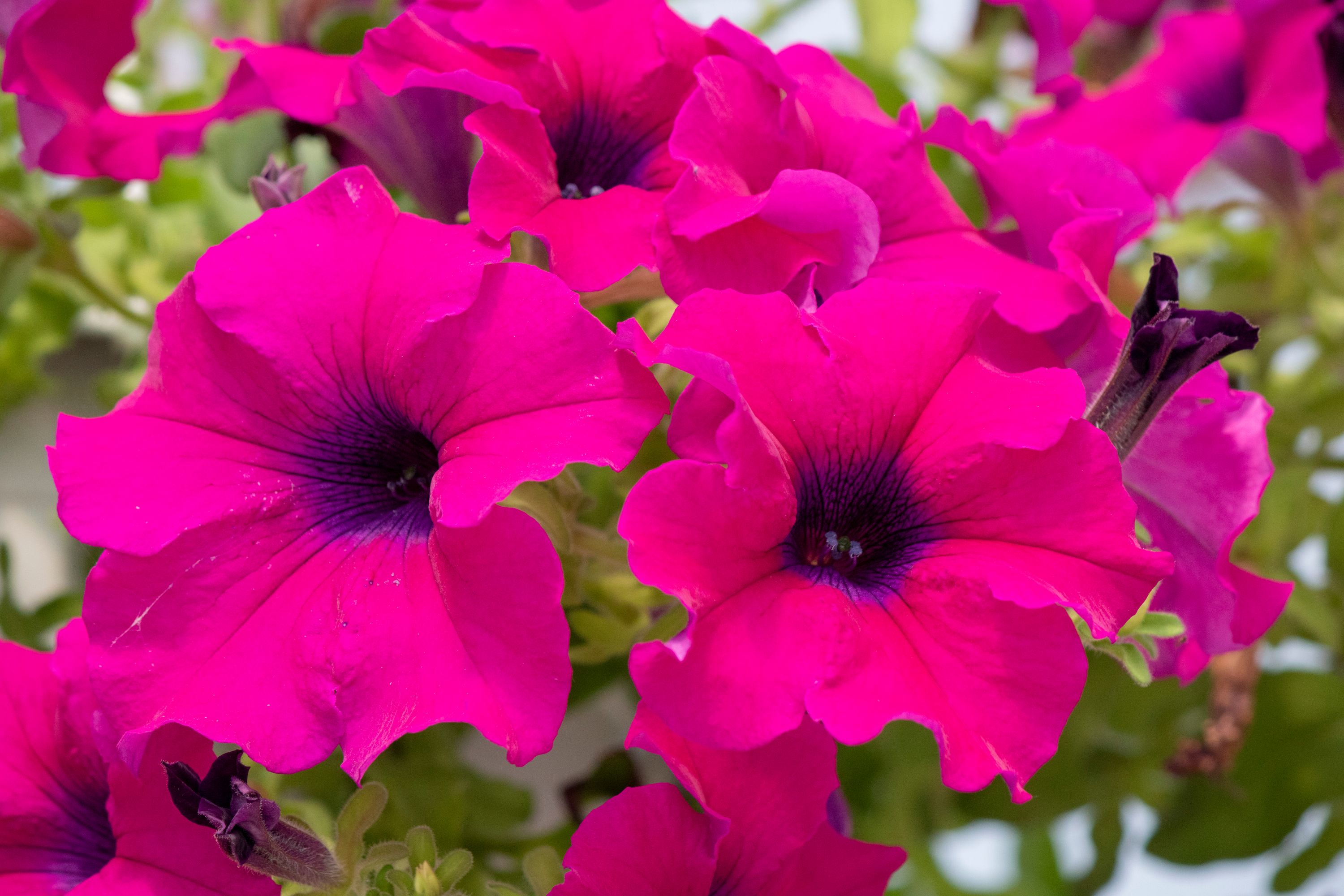Violetflower Petunia
(Petunia integrifolia)

Description
Petunia integrifolia (syn. Petunia violacea), the violet petunia or violetflower petunia, is a species of wild petunia with violet-colored blooms. Petunia integrifolia is native to Argentina. P. integrifolia bears flowers approximately 1.5 inch in diameter and the plant is typically smaller and harder to cultivate than the well-known hybrid bedding Petunia now known correctly as Petunia × atkinsiana. The species was first described as Salpiglossis integrifolia by William Jackson Hooker in 1831. It was transferred to the genus Petunia as P. integrifolia by Hans Schinz and Albert Thellung in 1915. Petunia inflata had sometimes been considered to be a subspecies of P. integrifolia, but the two have different native ranges, with P. inflata growing in more northern areas. Petunia violacea Lindl. has been reported to be used as a hallucinogen in Ecuador, where the plant has the vernacular name shanín. The drug is said to cause sensations of levitation and flight - a type of hallucination often associated with the use of the more toxic hallucinogenic plants of the deliriant type e.g. the tropane-containing Atropa and Hyoscyamus - active constituents of the witches' flying ointments of Medieval and Early Modern Europe.
Taxonomic tree:







